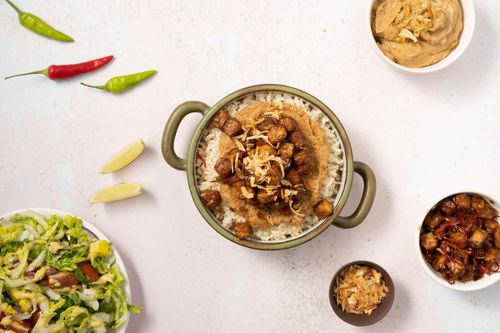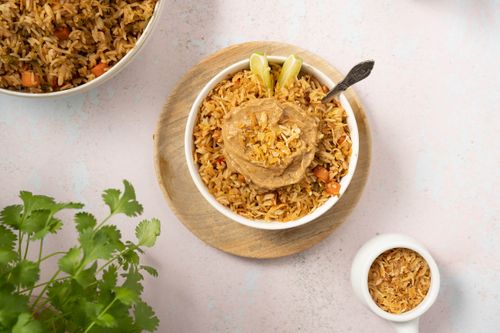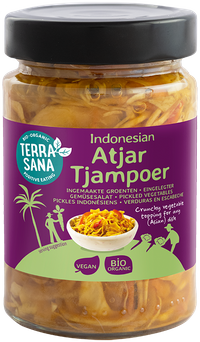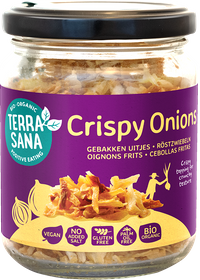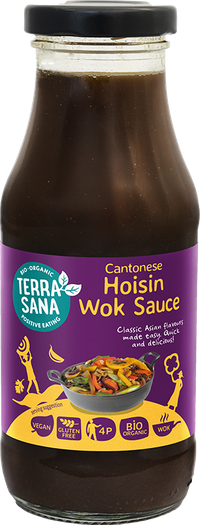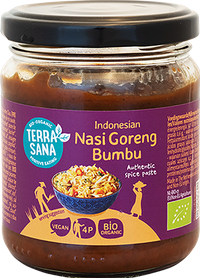The Indonesian cuisine
Pure Indonesian dishes for beginners
Dishes from Indonesia: just thinking about it makes your mouth water. You could eat Indonesian every day, because there are countless (world famous) Indonesian dishes. But how do you make something like this at home, without devoting an entire study to it? How do you make your Indonesian rice table an earth-friendly, vegan and organic one? Because that makes Indonesian food taste even better.
What is the difference between Indisch and Indonesian?
The difference between the Dutch Indische cuisine and Indonesian has everything to do with the Netherlands. In the Dutch East Indies, the tastiest dishes of all Indonesian islands used to be served as a grand dinner. Because this was mainly made for the Dutch traders and some of the dishes also got a slightly more Western taste, we now call this the Indonesian rice table.
Indische dishes are therefore Indonesian dishes with European influences. Not very surprising that the Indonesian rice table is still loved in the Netherlands. It is still cooked in a grand way.
The organic Indonesian rice table
Preparing a rice table is nothing less than top sport in the kitchen. You don’t make one Indonesian dish, but ten different Indo main and side dishes. In Indonesia, grandmothers and aunts sometimes spend days in the kitchen preparing all typical Indonesian dishes. Marinating meat substitutes for hours on end, cutting and preserving fresh vegetables for a long afternoon and in the evening enjoying good food with family and friends. Essentials with an Indonesian rice table are nasi (rice) and nasi goreng (fried rice) and bami goreng (fried noodles). The side dishes that you serve alongside are, for example, ajam paniki, rendang, sajoer beans and satay.
Cook your Indonesian dishes vegan
In Indonesia they are experts on side dishes. From vegan side dishes such as tofu and tempeh to deliciously seasoned vegetables. Every Indonesian dish has a different taste, sometimes with coconut, sometimes a bit spicier or more sour. Some Indonesian vegetable dishes come in a sweet and a spicy version, such as beans. You can prepare the well-known Indo nasi goreng or Indo bami goreng yourself vegan with the right Indonesian bumbu. TerraSana’s Indonesian bumbu does not contain trassi (shrimp paste). This makes the Indonesian nasi goreng vegan and a good start to your vegetable rice table.
The best Indonesian toppings
But your dish is not finished yet. Indonesian toppings are actually so tasty that they often function as a perfect addition to other dishes outside the traditional rice table as well. Fried onions give an extra crisp to what you put on the table. An equally well-known sour topping is atjar tjampoer.
Are you going to try vegan Indonesian bumbu nasi goreng with fried onions as a topping today? Be inspired by the delicious recipes below!
